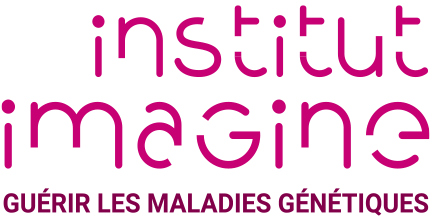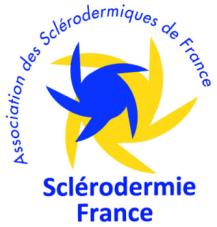In this context, our laboratory has developed 4 main areas of research:
- Identification of the genetic alterations involved in severe forms of paediatric scleroderma. Our cohort, which is constantly being enriched thanks to our collaboration with the clinical departments of Hôpital Necker-Enfants Malades, enables us to carry out an in-depth study of these early and aggressive forms.
- Deciphering the molecular and cellular mechanisms underlying patients' phenotypes and involved in the progression of the fibrosing process.
- Analysing the signalling pathways and cells involved in fibrosis, in particular using single-cell transcriptomic approaches.
- The development of a 3-D model of cutaneous fibrosis to evaluate future therapeutic approaches.
Through the study of rare and severe forms of early-onset scleroderma, which are often severe and beyond current therapeutic resources, our aim is to gain a deeper understanding of the key mechanisms of the fibrosing process. This approach aims to open up new therapeutic prospects for these rare incurable diseases, while also benefiting other more common fibrotic diseases that share common mechanisms.
Our study is supported by the ATIP-Avenir programme, the French Dermatology Society and the French Scleroderma Association.









